How important is the timing of your meals to your weight and overall health?
Nutritionists and diet enthusiasts will agree that it is not only what you eat, but also when you eat that’s important.
This is a common mistake that many people who would like to lose weight make.
Just because you eat – or don’t eat, for that matter – at certain hours of the day, does not mean that your game plan on getting a fit body is already a perfect plan.
The time you eat is just as important as the food you eat.
This is because there are certain things to consider that affect your health in magnitudes: your digestion, your metabolism rate, the nutrition that you get from the order of the food that you eat and much more.
You might disagree and say that as long as you eat the required amount of nutrition that your body needs every day, you should be good.
To get the perfect mix of timing and healthy food, you need to know when it is best to eat what type of food item.
Here are 12 reasons it’s not what you eat, but when you eat:
1. Metabolism And Digestion Are On Your Team
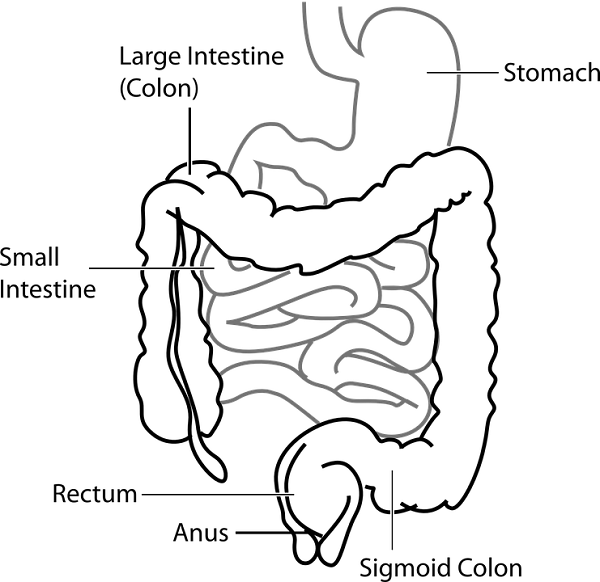
When you eat, your body goes through this natural process called metabolism and digestion, where your organs extract the nutrients and contents from the food that you eat, distribute them to the parts of the body that needs them.
And the ones that are not used are considered as waste that you let out through you-know-how.
The speed of metabolism and digestion differs in every person.
That is why you often hear skinny people say that they have a faster metabolism.
That is actually true.
If you have a faster metabolism, the undigested food will process faster in the body and will not distribute as fat.
2. No Coffee Without Food In The Morning

Timing your meals does not only mean what you eat, but also what you drink, when you drink it and how it affects your body.
You may be fond of drinking coffee in the morning.
We all do.
It’s a ritual, a rite of passage to start your day.
If you are not a morning person, coffee is your best friend.
But you have to know this: coffee in the morning without food to go with it will act up your hyperacidity and would possibly make you feel ill the rest of the day.
Hyperacidity is a nasty condition.
If you drink java without food in the morning, the chances are quite high that your acidity levels could rise and give you stomach aches and digestion problems.
3. Breakfast Is Still The Most Important Meal Of The Day
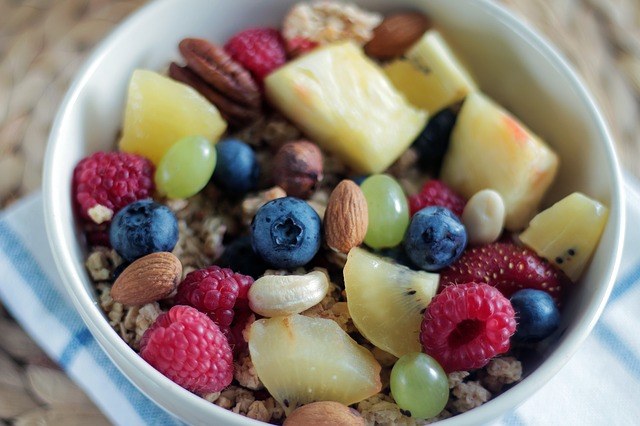
You know how you were told when you were a kid that breakfast is the most important meal of the day?
Well, it is still true, even now that you are older.
Eating breakfast is important, especially because you can pack yourself up with the nutrients that you need for the day.
This is also why it is advisable to take your vitamins in the morning.
Your body uses up the nutrition that you obtained and distribute them to the body parts that need them while you are sleeping.
That means when you wake up, it is more of a reset and you will have to start filling yourself up with nutrients starting with breakfast.
4. Enjoy Your Fruit Before The Meal
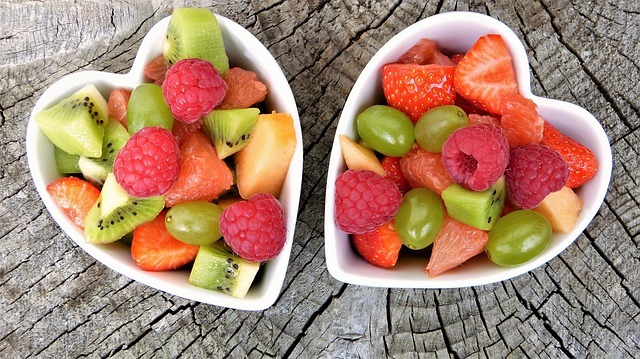
Your usual mealtime routine would probably look like this: the appetizer and main course, then some fruit for dessert.
You would think that since you already have some fruit in your meal, it is all good.
Well, it is good, yes, but you can enhance that meal to make it a lot healthier.
Fruits are best eaten before your meals.
This is because fruits are rich in fiber, vitamins and nutrients.
It’s best if you eat them first, so you can fill full and eat less due to the fiber and water in them.
In addition, this gives your body time to extract their nutrients and distribute them before you eat a full meal.
You may find that you eat less, too, and start to lose any extra pounds.
5. Consume Heavy Meals At Lunchtime
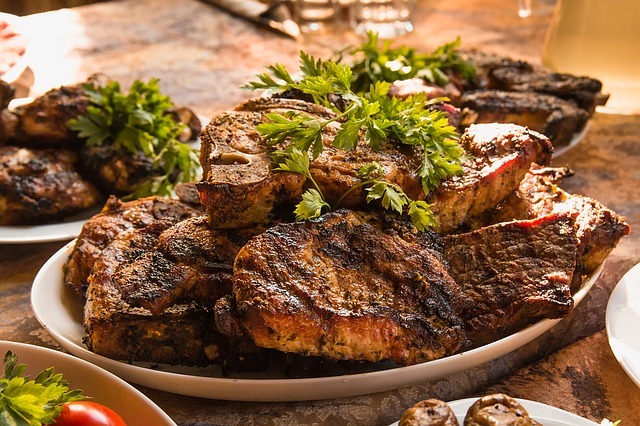
It is always tempting to eat a lot of food, especially if the table is full of your favorite meals.
Eating breakfast, lunch, dinner and late night snacks could mean a full-blown, heavy meal.
Even if you exercise and say that you burn the calories that you eat every day, it is not ideal to eat heavy meals at any time other than lunch.
That’s right.
The only meal of the day where you can eat anything and have a full course meal is during lunch.
This is because you still have the rest of the day to fully digest the food.
You will also still be active until end of day, which gives you the chance to burn some of the calories that you ate.
6. Eat Nothing After Seven p.m.
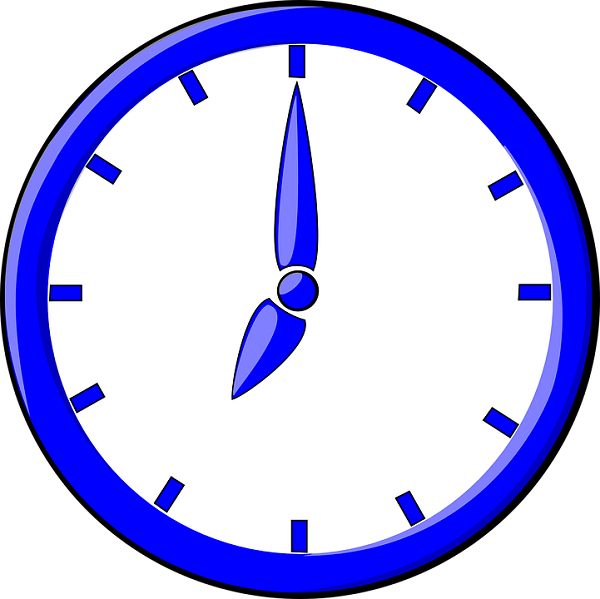
If eating a full meal during lunch balances out your metabolism, it is good for your digestion if you do not eat anything else after seven o’clock in the evening.
By that time, your body will start to wear down and prepare for your night rest.
That means your organs are also programmed not to move much during that time.
If you eat more during dinner, your digestion might not be as effective as it was for breakfast or lunch.
This causes bloated stomach and indigestion.
7. Less Seafood For Dinner, Please

Seafood is always a scrumptious meal, but some types, especially shellfish, contain high levels of cholesterol.
If you don’t have any allergic reactions to seafood, it’s tempting to eat it at any time of the day.
But you have to know that most seafood varieties are harder to digest than other common meals.
Because they are harder to digest, it is advised to avoid eating it for dinner as you may have digestion and stomach problems.
8. Lower The Fat At Dinner

As your body functions slow down when the day ends, so does the body’s ability to process the fats that you intake.
If you eat fatty foods for dinner, even if these are healthy kinds of fat, your system may not exactly distribute these fats to the designated organs that can use them for good purposes.
That means the fat could stay in the systems that do not need them, which could either be a health risk for heart disease, or can be a cause of obesity.
9. No More Midnight Snacks
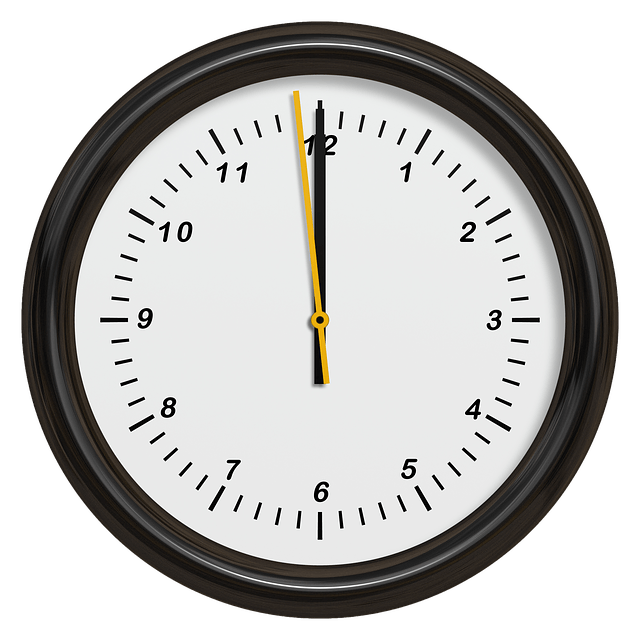
Eating in the middle of the night is tempting, especially if it is paired with some activities like watching a movie at home, or going out with friends.
However, midnight snacks are not exactly good for the body.
Why?
Your body is on “rest mode” now, and your stomach will not do its normal functions anymore.
That leaves you with undigested food that could go straight to your abs and will give you a big stomach, or a big stomachache.
10. No In-Between Munching
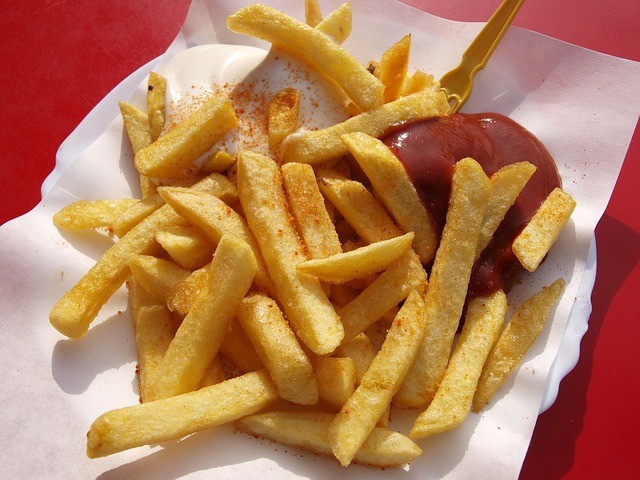
In-between munching is when you take small pecks of food and you eat a bit here and there during the day between your meals.
These are actually the things that you need to look out for, because they can add up in terms of fats and calories.
You might wonder why, even if you eat less during your meals and eat only the nutritional needs of your body, you still increase in weight.
Then you evaluate your day to day activities and realize that you eat some junk food in between your meals.
11. Desserts Are For Lunch Only
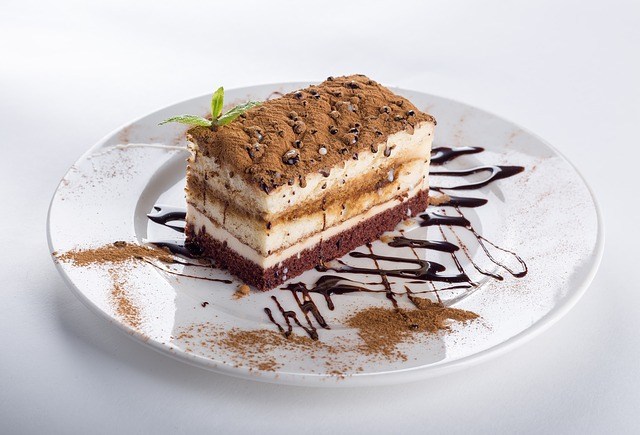
It’s always nice to have dessert after every meal.
That sweet and delicious treat to wash out the taste of your meal is so satisfying.
The good news is, you don’t have to turn your back entirely on desserts, but it is best to eat desserts during lunch only.
This is because your body has time to fully digest the sugars, fats and calories and then you can still burn them throughout the rest of your busy day.
12. Eat By The Clock
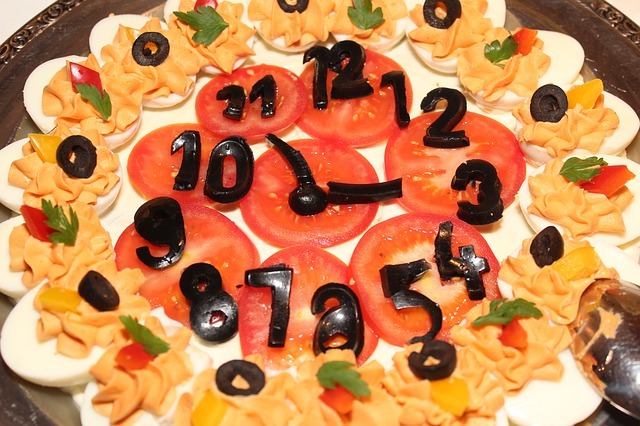
There is actually a perfect schedule to eat your meals.
That is five hours apart, which gives your body the right amount of time to digest your food and be ready for a new meal.
The perfect time of the day to eat your meals are at 7 to 8 a.m., to start your day; at 12 noon to 1 p.m., which can be perfect for your lunchtime break, and between 5 and 6 p.m., which follows the “nothing after 7 p.m.,” rule.
Timing is vital, even in eating your daily meals.
If you want to be healthy, lose weight and maintain a fit body, timing is an important matter for you to consider.
When you know when to eat, you get the full nutrition and health benefits of your food.
When you know when to eat, you can avoid eating at times that could hinder your road to fitness.
Timing your meals gives you more control over your health, putting you one step ahead, and that is always a good thing.
10 ‘Fatty’ Foods That Can Help You Lose Weight
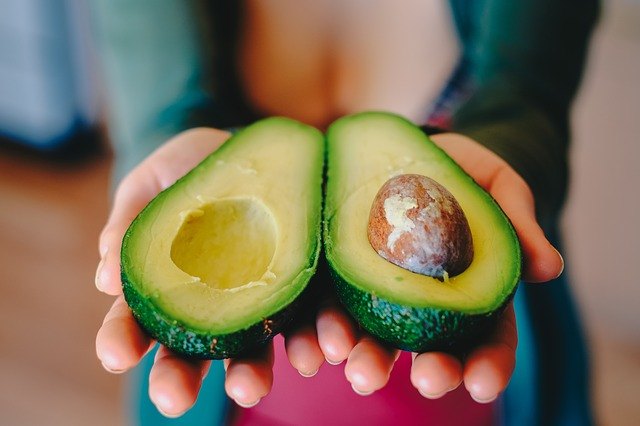
Yes, you heard that right…
You know how some food say they’re healthy, but they’re really not and end up doing more damage to your body than good?
Well, this is the exact opposite of that, because believe it or not, some fatty foods can actually be good for your body.
They even help you get fit and lose weight.
That may be a little hard to believe, but it’s true.
Not all kinds of fat are bad for your body.
In fact, your body needs a certain amount of fat – healthy fat – to keep the balance and keep the systems working.
That wasn’t so bad was it?
Now the real challenge lies in knowing what types of foods can give you the good kind of fat.
Because even though anything that tastes heavenly and awesome may more or less have fat in them, not all of them are bad for you.
You don’t have to deprive yourself or constantly be extremely careful with what you eat.
The secret is awareness, or knowing what types of foods contain what types of fats and how it can affect your body.
With that knowledge, you can eat and enjoy those tasty dishes that you’ve been avoiding, because you thought the fat in these foods were dangerous.
We have listed the foods and dishes that may seem unhealthy, but actually help keep you fit.
Fat used to be a dirty word, but with these good fats, it has a whole new meaning and brings a whole new motivation to eating healthy.
1. Dark Chocolate
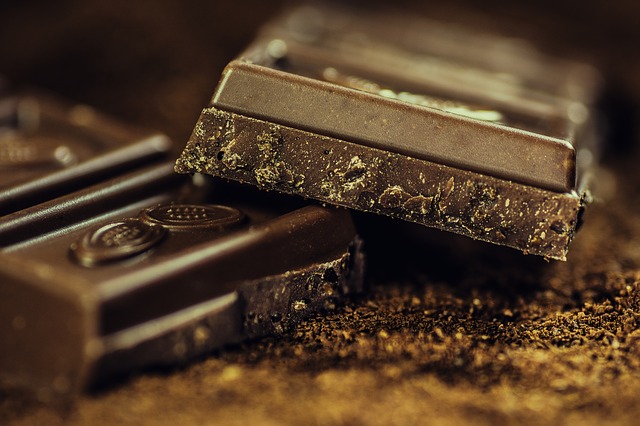
Dark chocolate is a type of food that tastes good and is healthy, too.
Those types of foods are rare these days.
Dark chocolate may be high in fat, but it is also rich in nutrients and antioxidants, which can help the body in many ways.
The best types of dark chocolate have at least 75 percent cocoa in them.
Studies have shown that a person who eats cocoa regularly, say four or five times a week, is less than likely to die from heart disease.
Wait, there’s more.
Dark chocolate is high in antioxidants, which mean it can help lower the cholesterol level of the body.
It doesn’t stop there.
Dark chocolate can also help improve the brain functions.
It can also protect the skin from UV rays due to exposure to the sun.
Isn’t that just a win-win situation?
Go ahead and indulge yourself in some dark chocolate.
2. Organic Beef
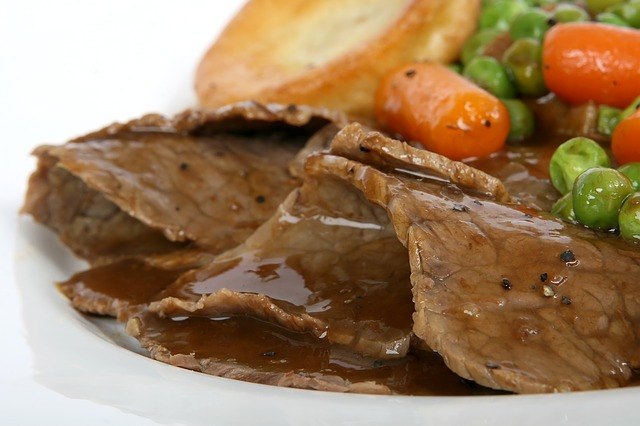
Beef and other meat products, as you know, are high in fat and cholesterol, but not organic beef.
There are types of beef that comes from animals that have been grass fed – grass that was not grown with chemicals and fertilizers.
That means it has less fat, less cholesterol, and less chemicals that are harmful for the body.
Aside from that, organic beef has high levels of omega 3, which helps in preventing heart disease.
That means you don’t have to go fully cold turkey on the meat and beef eating.
As long as you choose the organic beef, you’re good to go.
3. Avocados
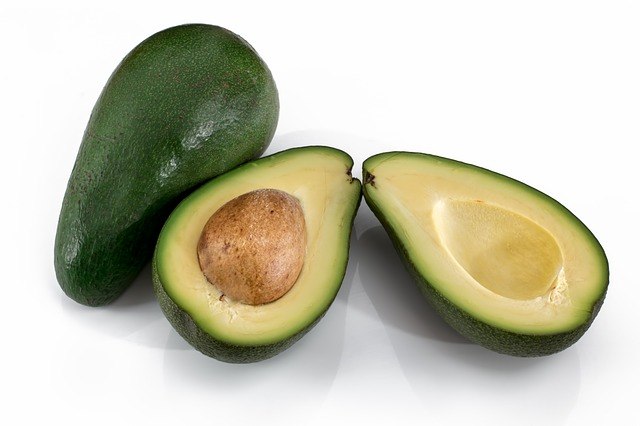
Avocados, as studies show, have higher fat deposits in them than some meat and animal foods.
It is loaded with fats and carbs, and fatty acids which may initially be not good for the body.
But the fatty acid that is dominant in avocado is oleic acid.
This is a fatty acid that can also be found in olive oil – a type of oil that has many health benefits also.
Avocados are rich in fiber, as well.
It is also a good source of potassium and is said to have 40 percent more potassium deposits than a banana.
Even though avocado contains fat, it’s the good kind of fat that can help your body.
Plus, it tastes sweet and delicious, too.
4. Salmon
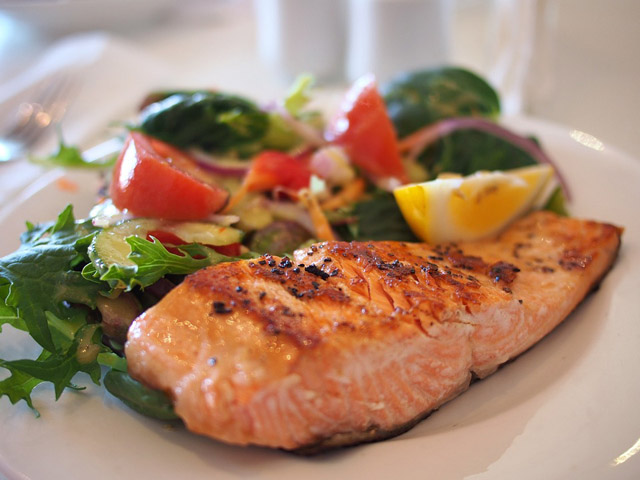
You probably think that anything that is fish is healthy.
There are fish that have high, unhealthy fat deposits in them.
Even the most ordinary fish have bad fats.
If you want to eat sea food and wonder what types have less fat and more health benefits, the answer in simply salmon.
This common fish – although a little pricey – is actually the healthiest of them all.
It is rich in omega 3 fatty acids, which can help fight cardiovascular diseases and can lower the likelihood of having hypertension.
In choosing what fish to eat, since you stay healthy, add chunks of salmon to your salad or cook a salmon fillet to achieve that objective.
5. Olive Oil

Everyone knows that olive oil is the healthy kind of oil.
It’s fat, but the good kind of healthy fat.
It contains vitamins E, K and it is rich in antioxidants which helps in lowering the risks of hypertension.
Fried and oiled foods: Who doesn’t love them, right?
You can never go wrong with eating food with grease, at least not for your taste buds.
But you have to be careful with the oil that you use.
Olive oil is your go to oil if you’re a fry-loving person.
Olive oil is known to help fight against cancer cells and prevent the spread of the disease.
It also has the type of fat that can help strengthen your heart.
Studies have shown that those who use olive oil are less likely to have heart disease than those who use other types of oil.
6. Eggs
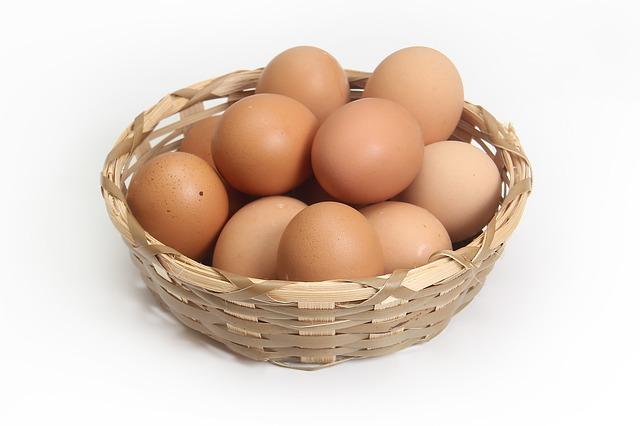
If there’s any type of food that is perfect, it’s eggs.
Eggs have many of the nutrients that our body needs to keep us going.
At first, eggs were considered bad fat and unhealthy because of the amount of cholesterol in the contents.
Studies showed that egg cholesterol does not mix and mingle with blood cholesterol, which makes it in the clear for good types of fat.
Eggs are filled with vitamins and nutrients that the body needs.
It has antioxidants which helps prevent hypertension.
It also helps prevent heart diseases, keeps the brain healthy, protects your eyes and it is a great choice of food for those who are on a weight loss program.
7. Nuts
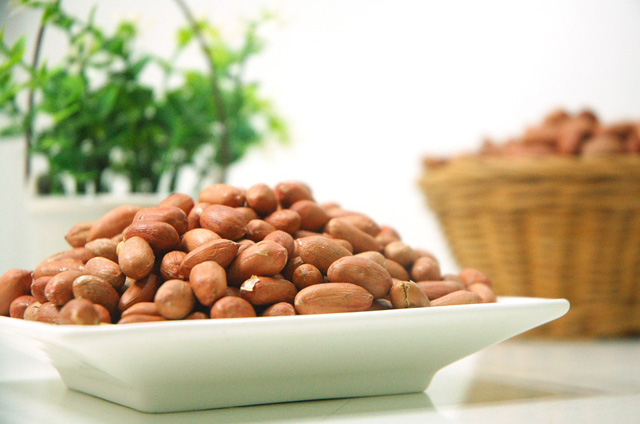
Do you know that nuts have high deposits of fat in them?
They have the good kind of fat and have plenty of healthy benefits for those who eat it regularly.
They are rich in fiber which can greatly help with the metabolism and is a good source of protein which can keep the body strong.
Studies show that those people who eat nuts are healthier than those who don’t.
Nuts are also rich in vitamin E and omega 3 which helps in preventing heart diseases and obesity.
Adding nuts to your diet can help you maintain your healthiness.
8. Cheese

Cheese is also rich in protein.
Studies show that those who eat cheese regularly have healthier bones and lower risks of getting type 2 diabetes.
Cheese may seem unhealthy because it contains a lot of fats.
But the truth is, cheese is nutritious just like its other dairy counterparts.
One slice of cheese contains the nutrients that one glass of milk can provide.
It is also a good source of vitamin B12 and calcium, which is good for the bones.
9. Coconut
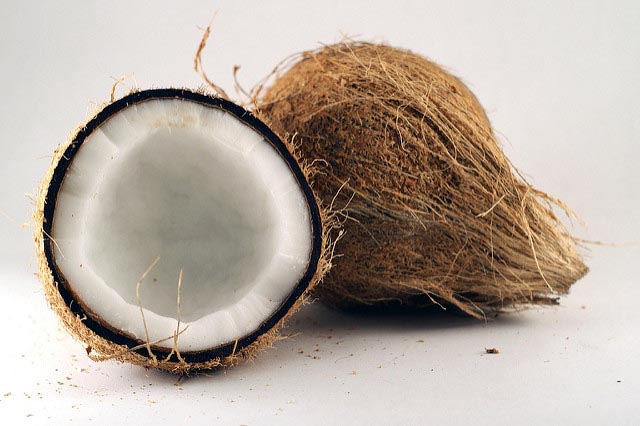
Coconut has saturated fats which, at first, may seem unhealthy and not the good type of fat.
Actually, coconut is a healthy type of food and contains the good kind of fat in it.
The coconut palm tree not called the tree of life for nothing, after all.
The saturated fat found in coconuts help in flushing out the cholesterol from the body.
This helps in preventing the risks of high blood pressure and other blood diseases.
It has also been learned that coconut is good in fighting and preventing Alzheimer’s disease.
10. Chicken Or Turkey
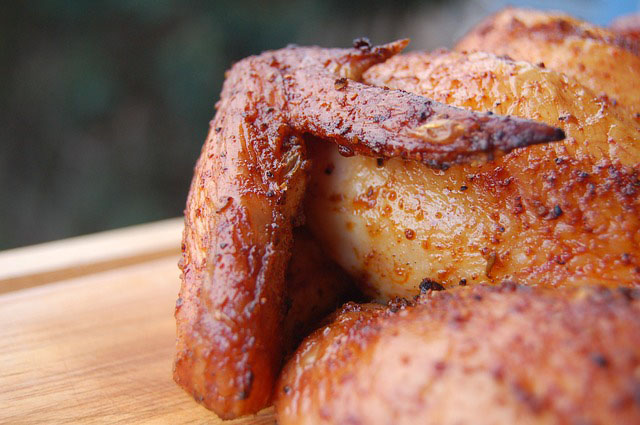
You may be a little doubtful and say that chicken or turkey is not a healthy choice.
Truth is, chicken and turkey may have fatty deposits in them, but they’re also rich in protein and iron.
Protein, as you know, helps keep your body strong and able.
Iron is good for the blood and everything else pertaining to it.
Eating chicken or turkey is actually a healthy choice of food because it helps to make the body strong and keeps the blood healthy.
Conclusion

You see, not all fatty foods can be bad for the body.
The saying, “If it tastes good, it’s bad for you,” no longer applies.
There’s still some foods out there that can be equally tasty and healthy, and they can compete with any non-healthy types of food.
So, instead of moping around and depriving yourself of the goodness that food has to offer, just come back to this list and see if what you’re cooking or ordering from a menu has the good type of fats.
That way, you don’t have to feel guilty for eating something that tastes awesome, but with the fear of ruining your diet or ingesting bad fats.
Eat and be merry – and healthy.
Related: Read more about sex stamina foods.
[adsanity id=”54600″ align=”alignnone” /]
